The potential difference across a 10H inductor as a function of time is shown in the figure. At t=0 current is zero. Then
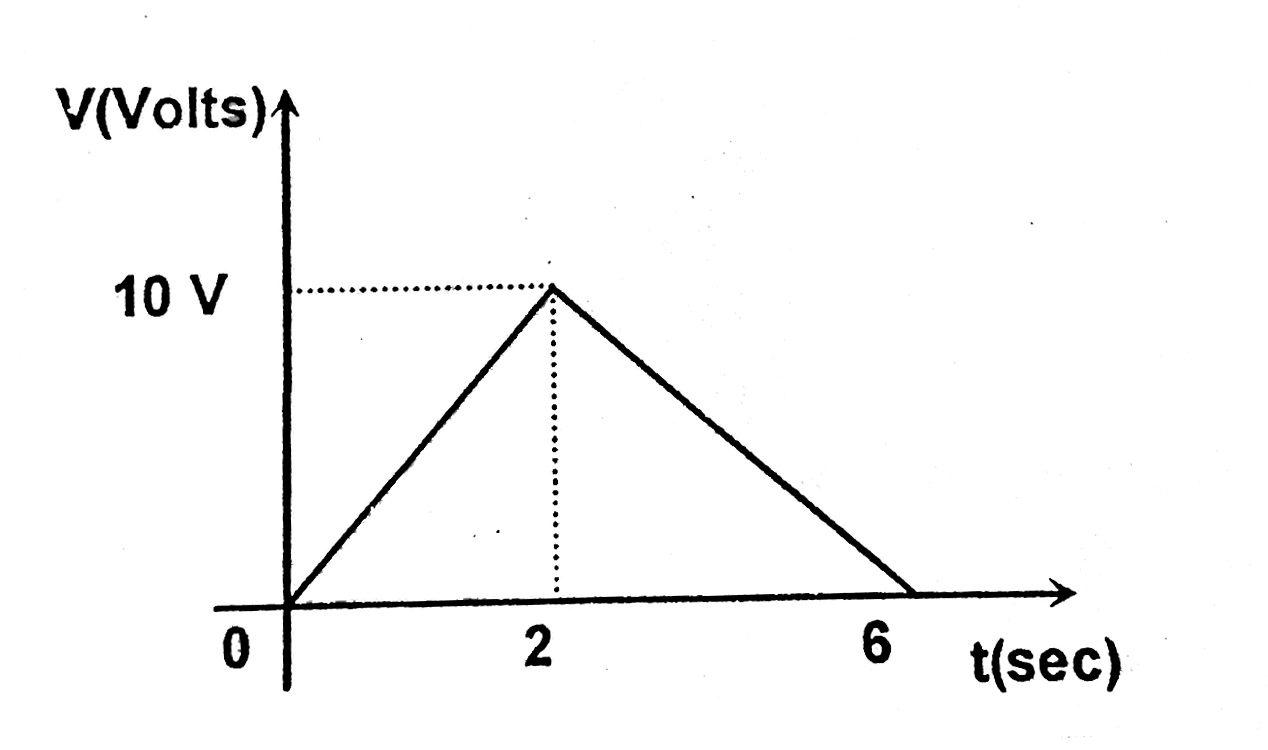
The current in the inductor at t=6 is 3 amp
The current in the inductor at t=1 sec is 1/4 amp
The current in the inductor at t=4 is 5/2 amp.
The variation of current versus time parabola.
The correct Answer is:A, B, C, D
VL=Ldidt⇒Ldi=VLdt
L∫di=∫VLd=12.6.10=30
L(if−ii)=30 Amp
if=3010=3 amp
for t<2
VL=102t=5t
∫i0Ldi=∫VLdt=5∫10tdt
L(i−0)=52
⇒i=1/4
For t≥2
VL=(15−52t)
∫i1Ldi=∫42(15−52t)dt
⇒i=5/2 amp
Topper's Solved these Questions
- BOOK - FIITJEECHAPTER - TEST PAPERSEXERCISE - PHYSICS747videos
TEST PAPERS
- BOOK - FIITJEECHAPTER - SIMPLE HARMONIC MOTIONEXERCISE - Assignment Problems (Objective) (Level-II)20videos
SIMPLE HARMONIC MOTION
- BOOK - FIITJEECHAPTER - WORK, ENERGY AND POWER EXERCISE - COMPREHENSIONS ( Comprehension-II)5videos
WORK, ENERGY AND POWER
Similar Questions
The potential difference across a 150mH inductor as a function of time is shown in figure. Assume that the initial value of the current in the inductor is zero. What is the current when t=2.0ms? and t=4.0ms ?
 View Solution
View SolutionThe potential difference across the 3 resistor shown in figure is
 View Solution
View Solution
Knowledge Check
- Question 1 - Select One
The potentiak difference across a 2H inductor as a function of time is shown in the figure. At time t=0, current is zero.
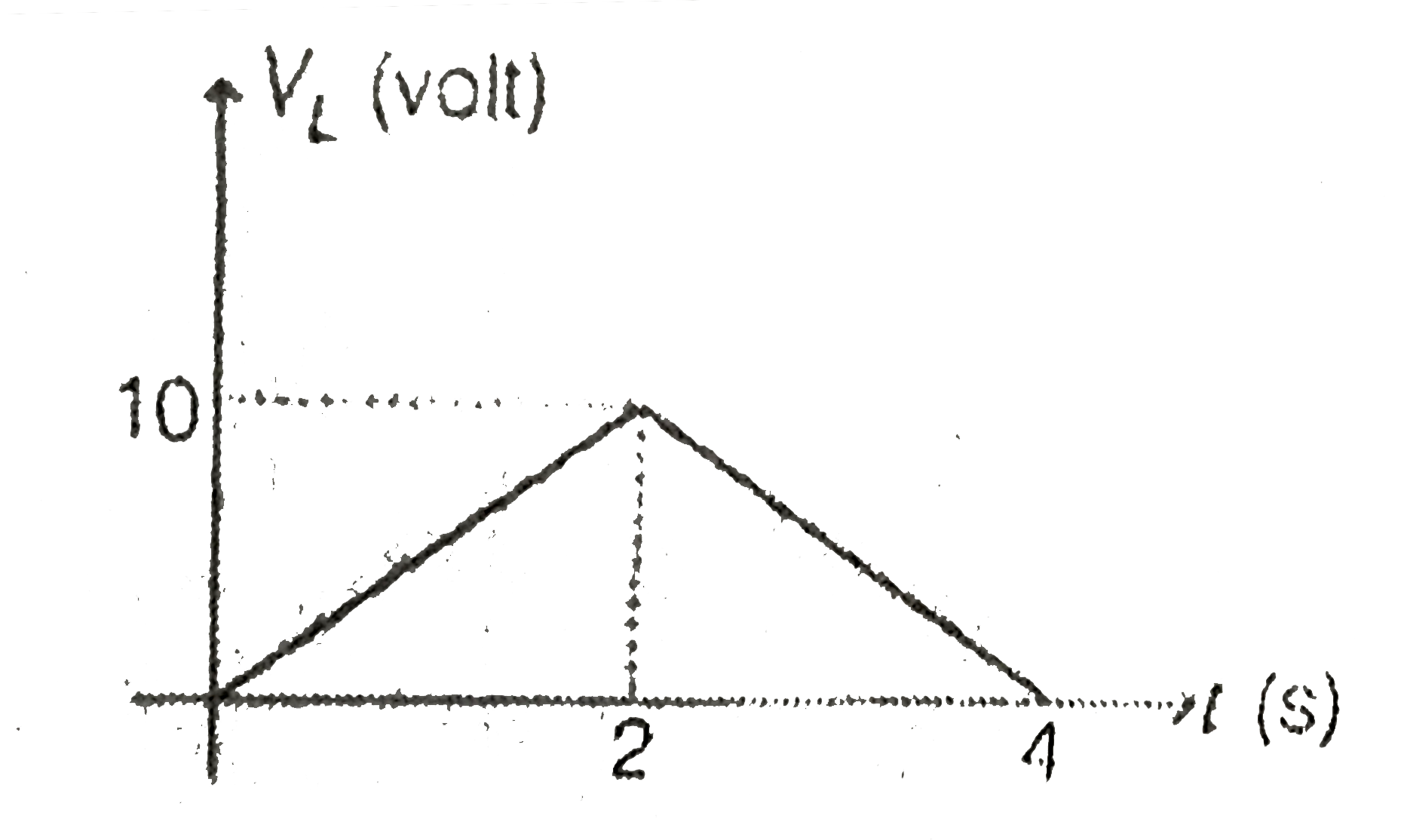
Current versus time graph across the inductor will beA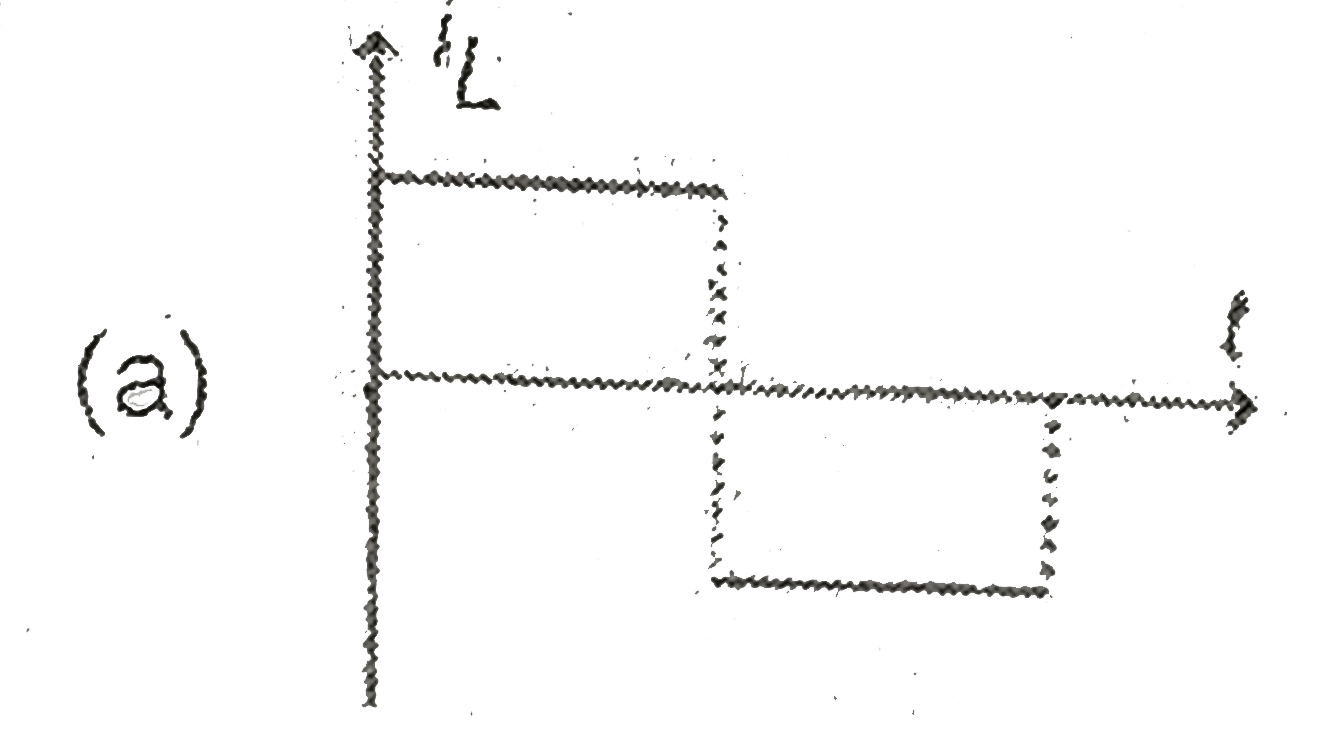 B
B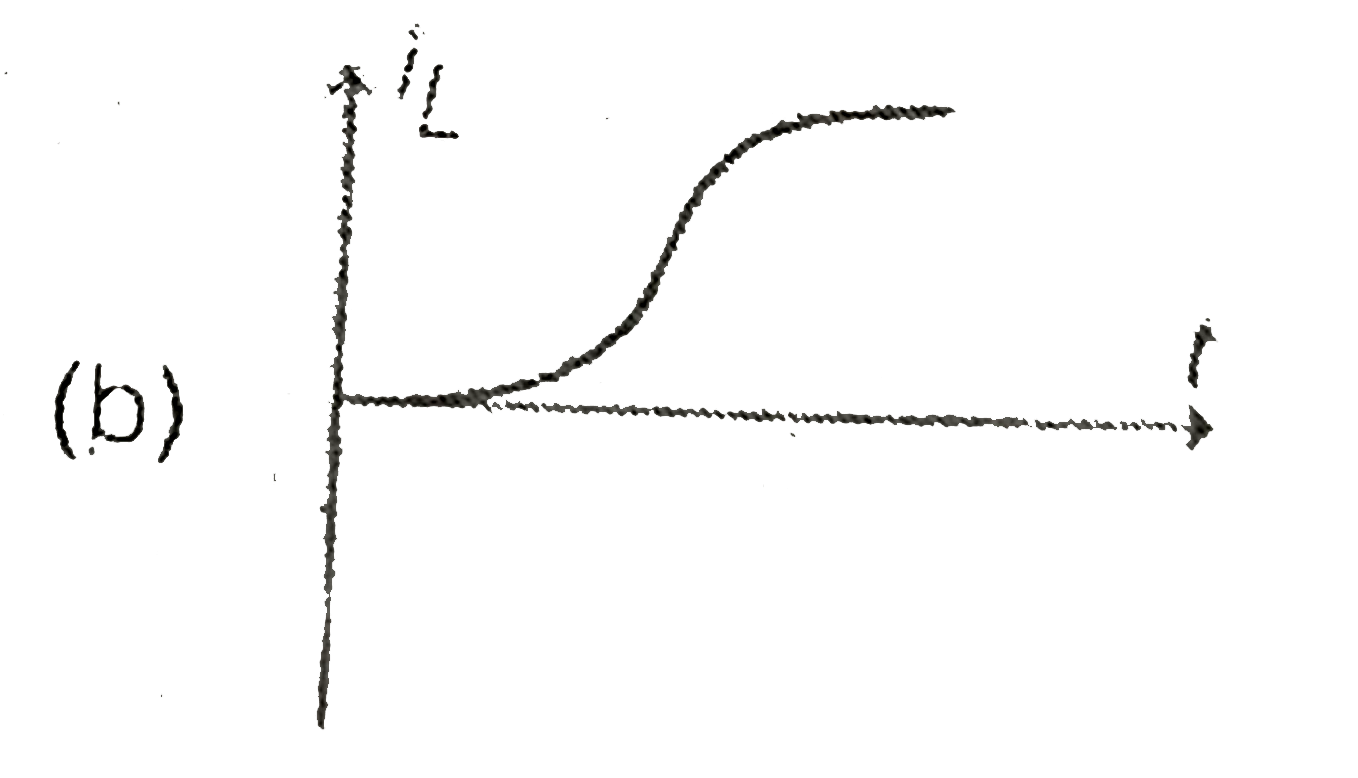 C
C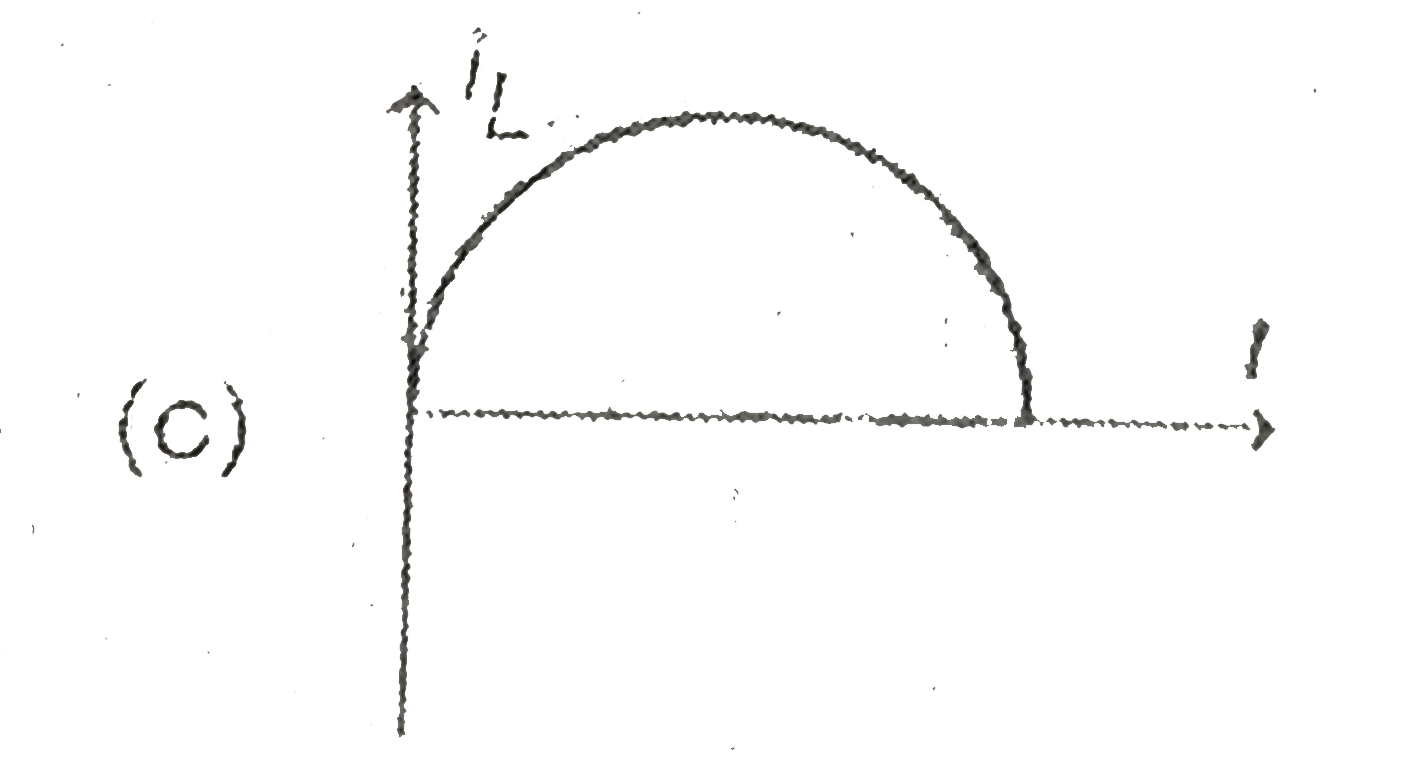 D
D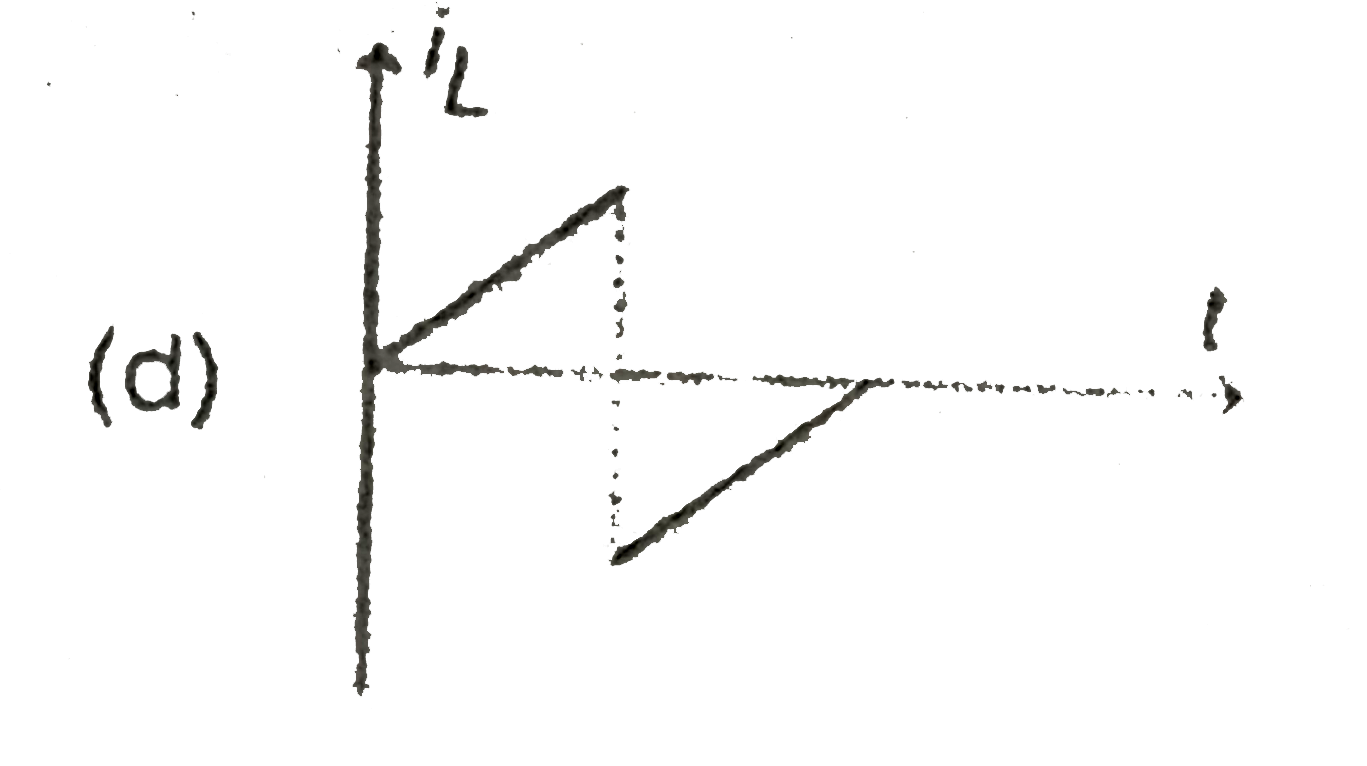
- Question 2 - Select One
The potential difference across a 2H inductor as a function of time is shown in figure. At time t=0, current is zero
Current t=2 second is
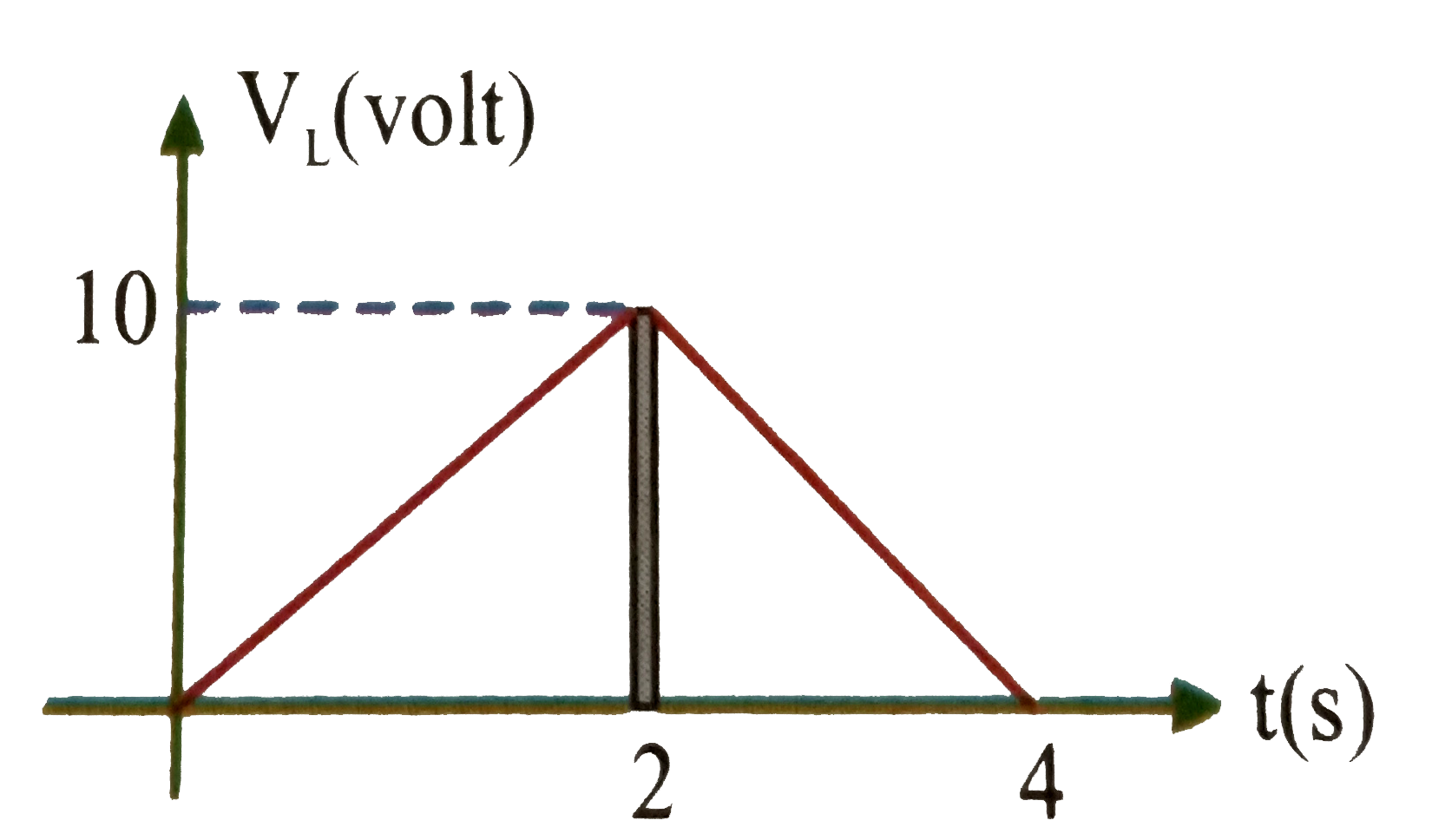 A1AB3AC4AD5A
A1AB3AC4AD5A - Question 3 - Select One
The potential difference across a 2-H inductor as a function of time is shown in Fig. At time t = 0, current is zero.
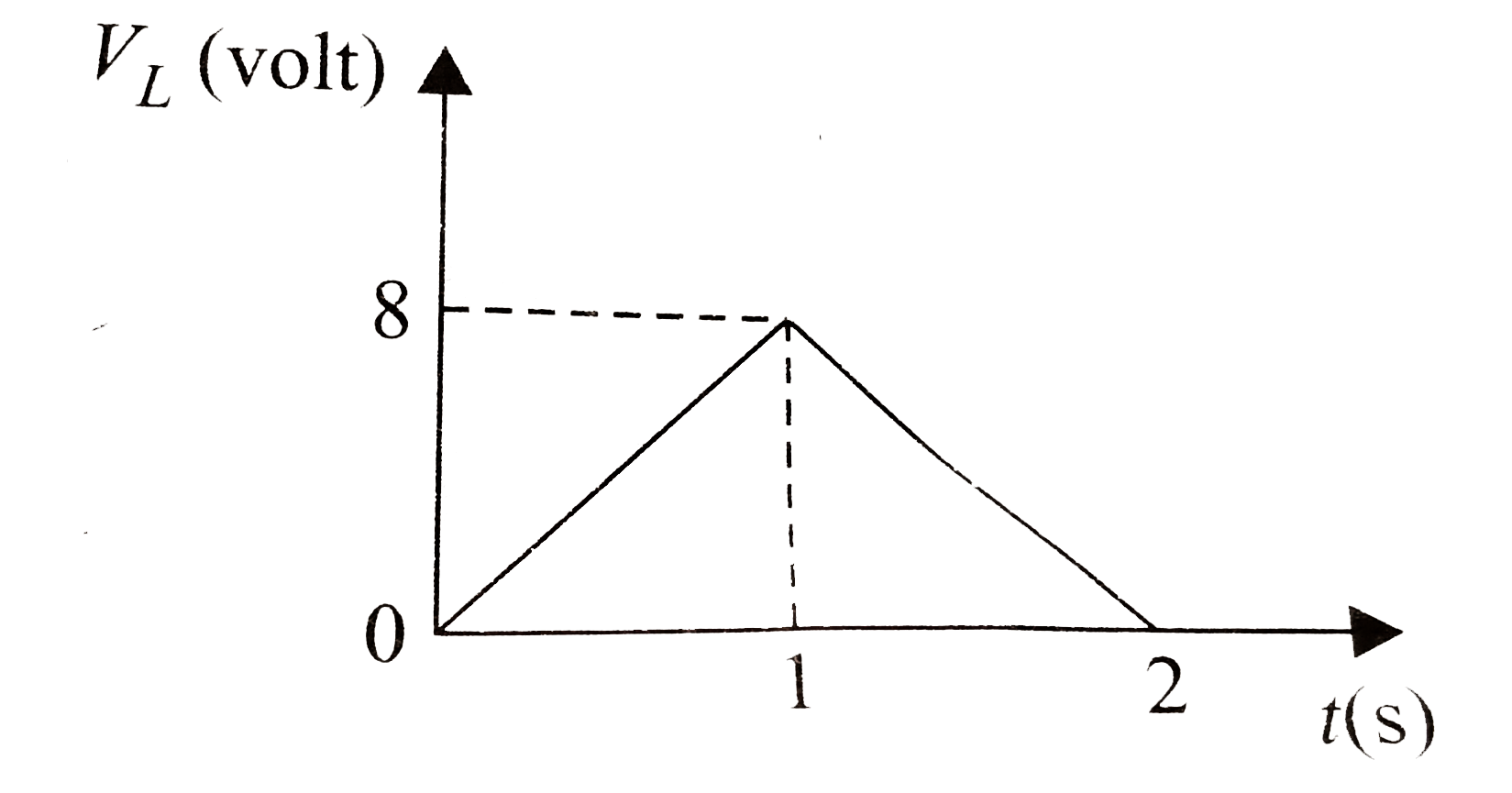
Current at t = 1 s isA1AB2AC4AD8A
The potential difference across a 2-H inductor as a function of time is shown in Fig. At time t = 0, current is zero.

The variation of current versus time isView SolutionThe potential difference across a 2-H inductor as a function of time is shown in Fig. At time t=0, current is zero.
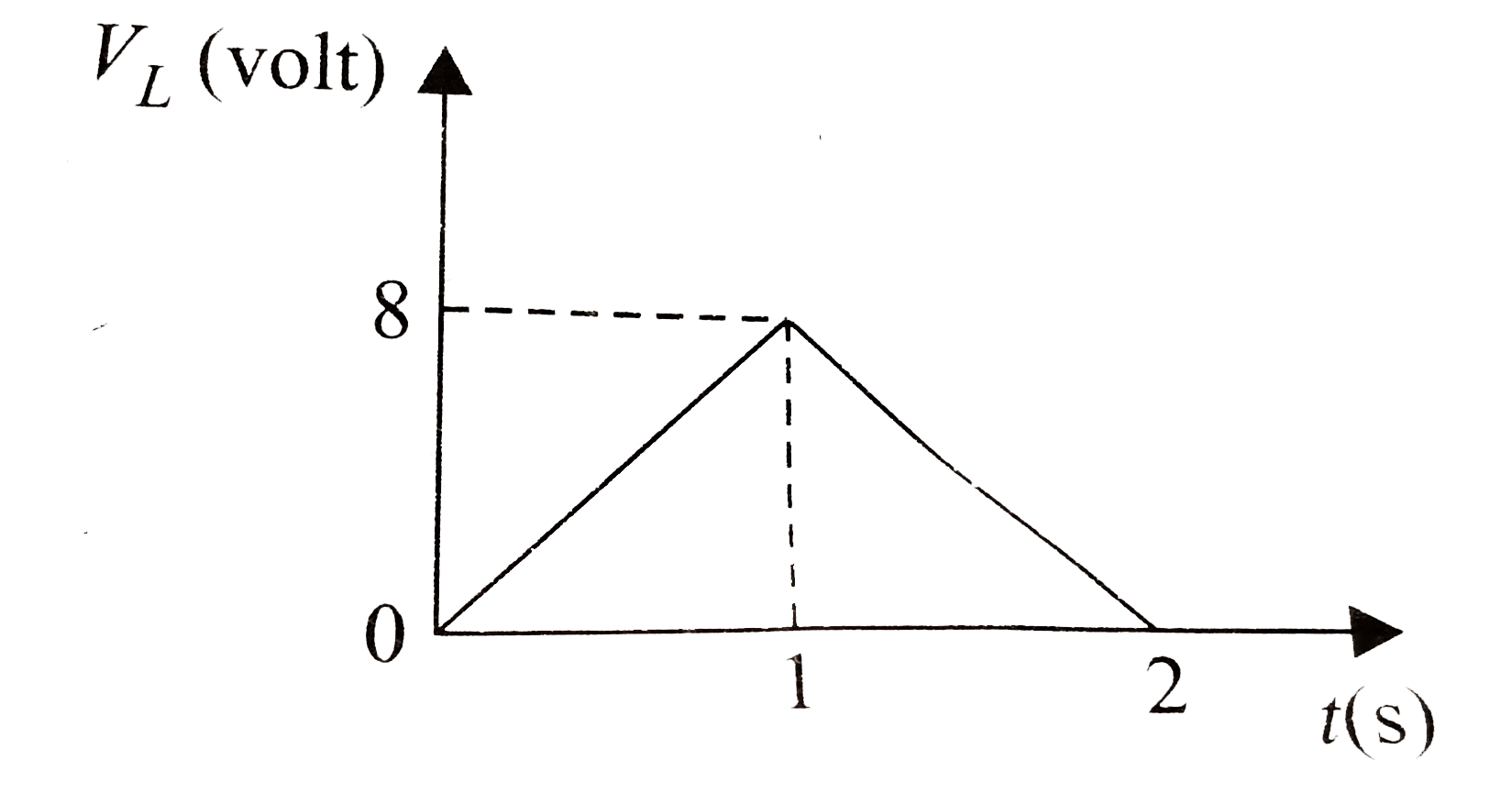
Area under VL−t graph givesView SolutionThe potential difference across a 2−H inductor as a funtion of time is shows in Fig. At t=0, current is zero. Choose the corrent stetement.
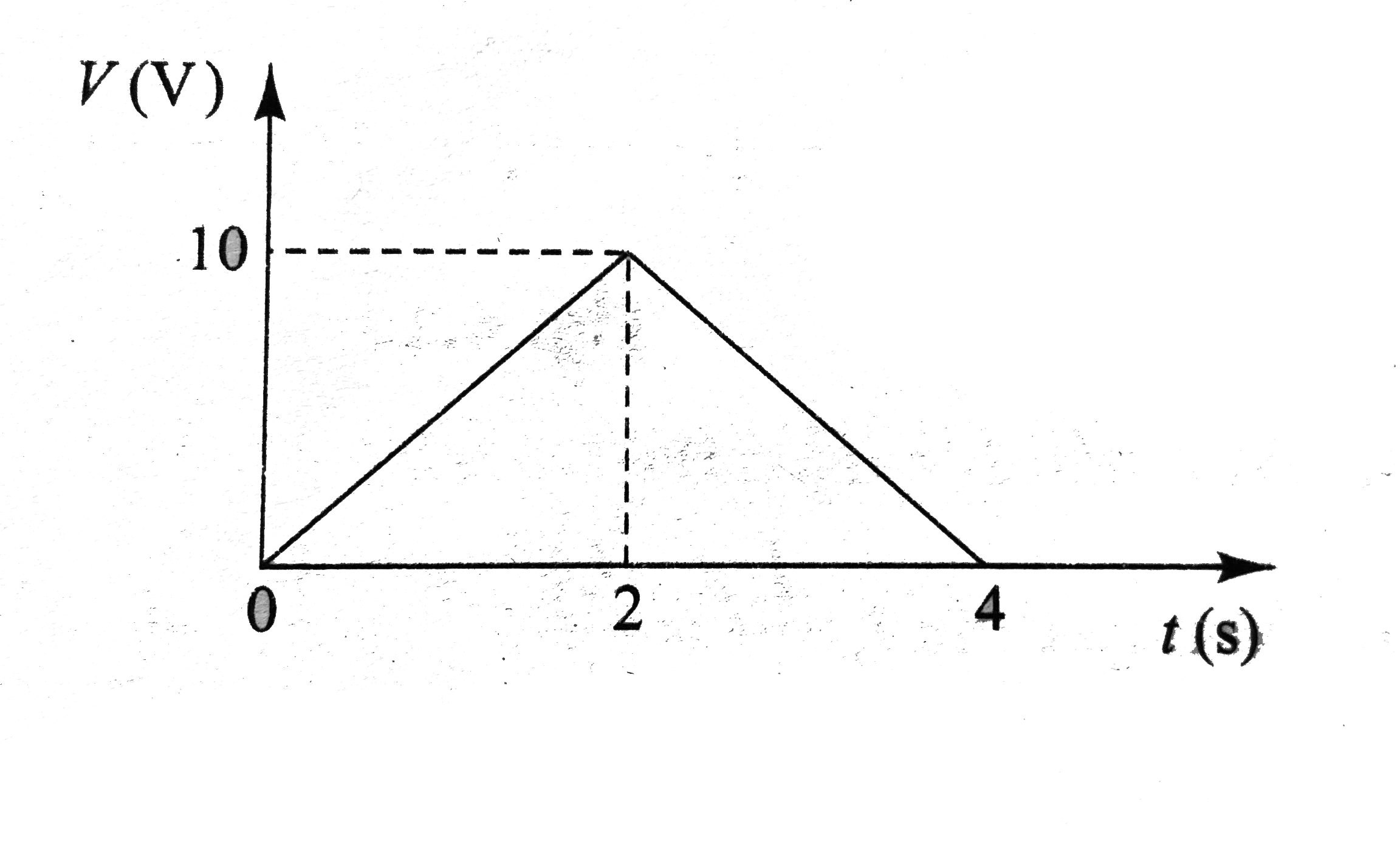 View Solution
View SolutionThe potential difference a 2H inductor as a function of time is shown in figure. At time t=0, current is zero
Current versus time graph across the inductor will beView SolutionThe potential difference across a 4 H inductor vary with time is as shown. The current is Zero at t=0, Then the current at time t=2s
 View Solution
View Solution
